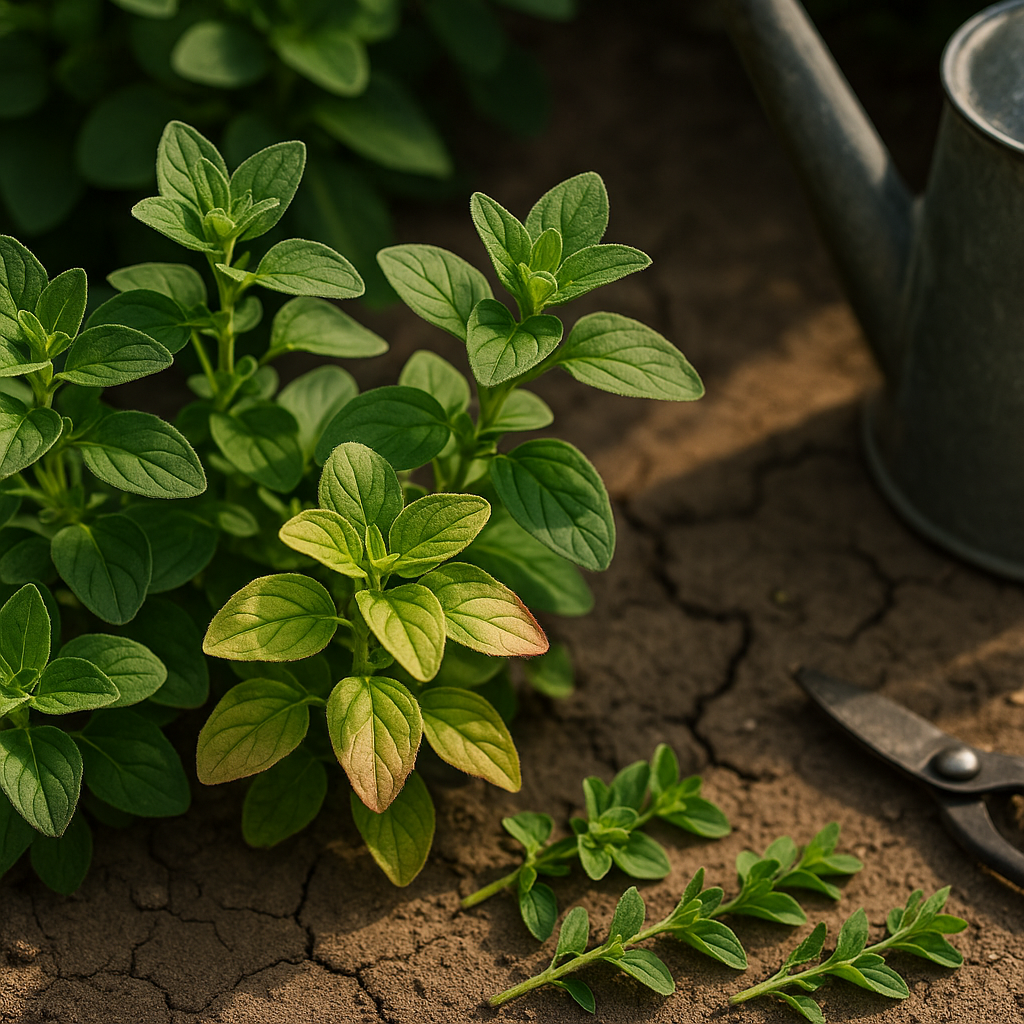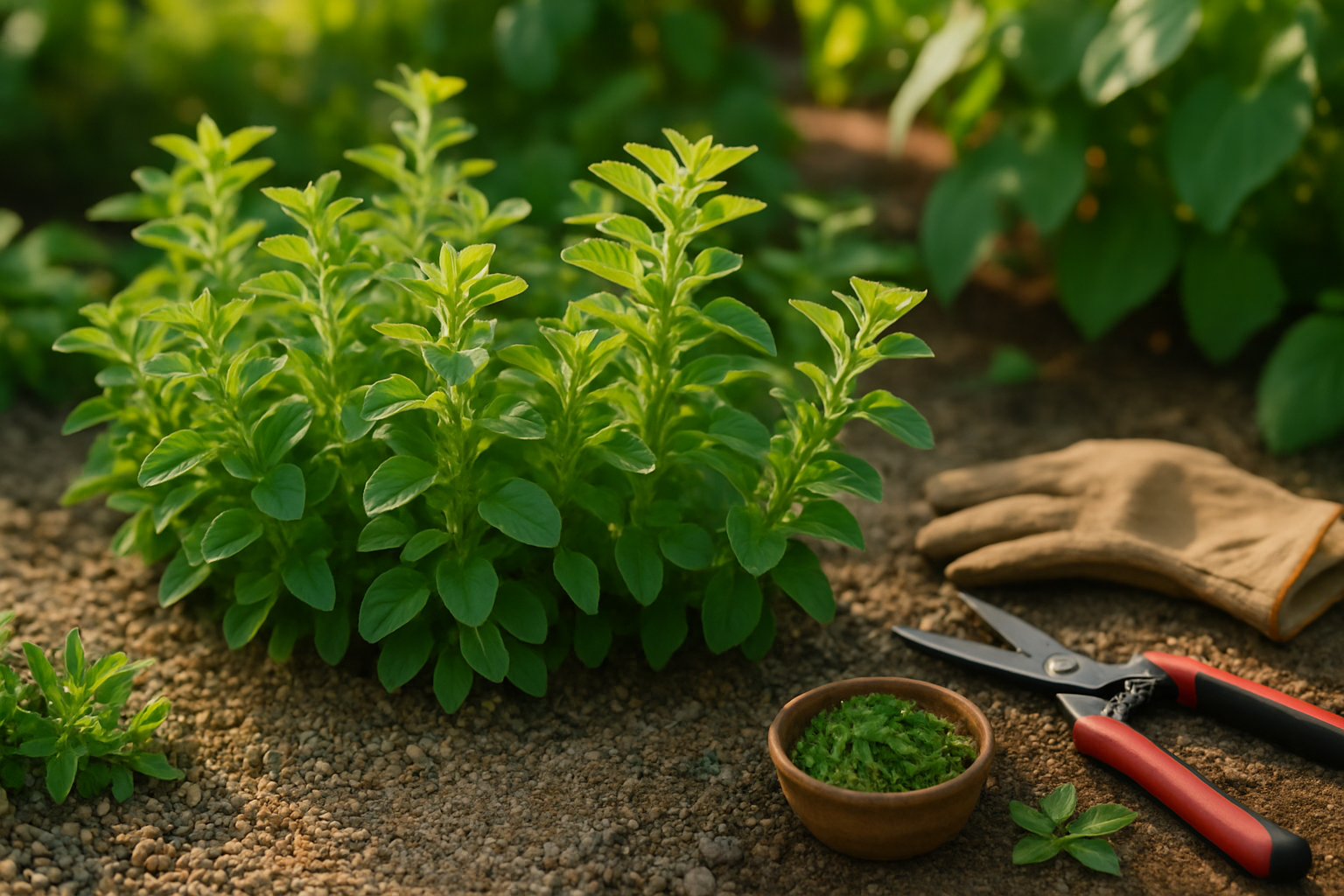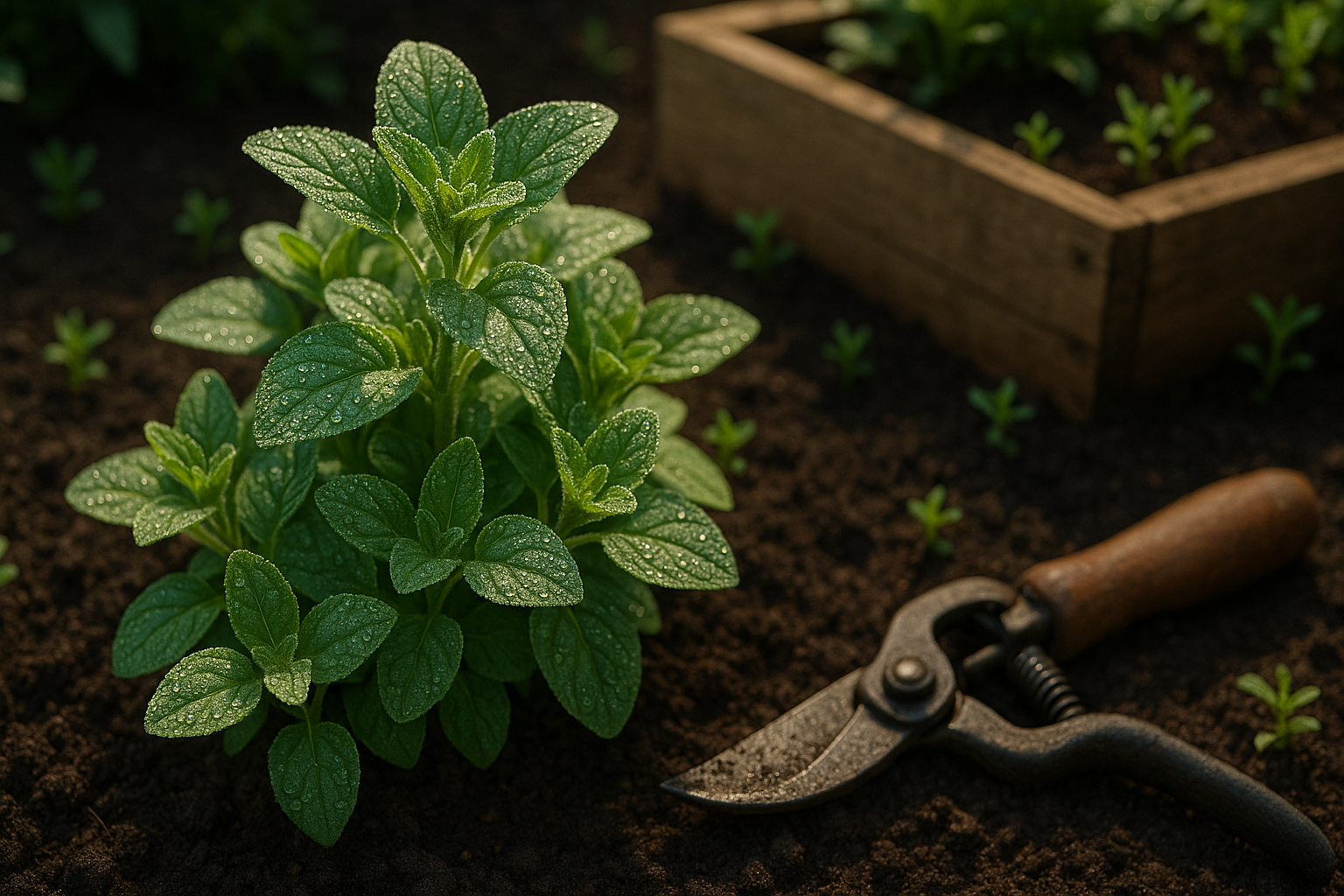Understanding Why Oregano Gets Bitter

Oregano is loved for its bold, aromatic flavor, often described as earthy, peppery, and a little pungent. Some bitterness is part of oregano’s natural taste profile—think of it as the zing that livens up sauces, pizza, and marinades.
In the world of herbs, bitterness usually signals the presence of defensive compounds plants create, like phenols and flavonoids. For oregano, these bitter chemicals help the plant ward off hungry herbivores and harmful microbes.
Several factors influence just how bitter your oregano turns out:
- Environmental stress: When oregano is exposed to lack of water, extreme heat, or poor soil, the plant ramps up production of bitter compounds as a protective response.
- Plant age: Older leaves, especially those harvested after flowering, contain more phenolic compounds, leading to a stronger and sometimes overpowering bitterness.
- Handling and cooking: Prolonged storage, over-drying, or burning while sautéing can intensify bitter notes.
If you’re growing oregano at home and want a milder flavor, pick the leaves right before the plant flowers and avoid stressing it with too little water. In cooking, add oregano toward the end of the process to keep its bitterness in check.
By understanding these factors, you can better control oregano’s bite, whether you want just a hint of bitterness or a more assertive herbal kick in your dish.
Common Causes of Bitter Oregano
Bitterness in oregano often surprises home gardeners, but it usually results from a few environmental and care-related factors.
Overharvesting is a common culprit; when too many leaves are picked at once or too frequently, the plant becomes stressed and produces more bitter compounds as a defense mechanism. Underwatering causes similar stress, concentrating the oils and intensifying the bitterness, while overwatering creates root problems that weaken the plant and lead to off-flavors.
Excessive heat, especially during long dry spells, can cause oregano’s essential oils to spike, giving the leaves a sharp, bitter edge. Poor soil—particularly soil that’s depleted or holds too much moisture—also affects flavor, as nutrients are critical for balanced oil production in the leaves.
Older plants tend to accumulate more woody stems and produce fewer tender leaves, both of which contribute to bitterness.
For example, a backyard gardener in California reported their oregano tasting overly bitter during a hot summer after watering less frequently to conserve water. Another herb enthusiast found their potted oregano became unpalatably bitter after two seasons when they didn’t refresh the soil or trim the plant regularly.
Paying attention to these factors—water, heat, harvest methods, soil quality, and plant age—can help ensure your oregano stays flavorful and aromatic, rather than bitter and harsh.
The Role of Harvest Timing
Harvest timing plays a crucial role in getting the best flavor from your oregano. To avoid unwanted bitterness, the key is to harvest just before the plant starts to flower. This is when the essential oils in the leaves, which give oregano its signature aroma and taste, are at their peak.
If you wait until after flowering, the flavor can become harsh, woody, and less aromatic. You might notice a decline in sweetness and more of a sharp, almost medicinal taste, which isn’t ideal for cooking.
To visually assess when your oregano is ready, look for lush, healthy stems with plenty of green leaves. The buds will start to form at the tips as flowering approaches, so use this as your sign to start harvesting. If you see lots of tiny flower clusters developing, harvest immediately to preserve the best flavor.
Use sharp scissors or garden shears to snip stems in the morning after the dew has dried but before the sun is too intense, as this is when the oils are most concentrated. By paying attention to these details, you can enjoy oregano at its freshest and most flavorful.
Proper Oregano Care to Prevent Bitterness

Proper care is key to growing oregano that tastes bold—not bitter. Start with watering: oregano prefers its soil slightly dry rather than soggy. Water only when the top inch of soil feels dry, as overwatering can stress the roots and affect flavor.
Oregano thrives in plenty of sunlight, so pick a spot that gets at least six hours of direct sun daily. Too much shade can lead to limp growth and dull, bitter leaves.
Soil matters, too: choose well-draining, gravelly soil rather than heavy, wet clay. Mix in a little sand or perlite to improve drainage if needed.
Pruning is another must—snip back stems regularly, especially before the plant flowers, to encourage bushier growth and concentrate the oils that give oregano its signature taste.
Harvest leaves often, but never strip the plant bare; regular harvesting prompts the plant to keep producing flavorful, tender growth instead of becoming woody or bitter.
Watch out for common mistakes like crowding plants, which limits airflow and encourages disease, or using too much fertilizer, which can make oregano grow fast but taste bland and harsh.
By paying attention to these simple care details, you’ll enjoy a steady supply of rich, zesty oregano for your kitchen—without any unwanted bitter notes.
Storing Oregano to Maintain Its Flavor
Proper storage of oregano is key to preserving its distinct, aromatic flavor long after harvest. The two most common methods are drying and freezing, each offering unique benefits.
Drying Oregano
Air drying is a traditional technique—tie fresh oregano sprigs in small bundles, hang them upside down in a warm, well-ventilated space, and wait until the leaves feel crisp. While drying slightly mellows the intensity, it concentrates the savory notes, making oregano perfect for seasoning hearty dishes.
Freezing Oregano
Freezing helps oregano maintain more of its original vibrant flavor. To freeze, chop fresh leaves and place them in ice cube trays with a splash of water or olive oil for easy portioning.
Storage Tips
Improper storage—like keeping oregano in humid conditions or exposing it to sunlight—can lead to faster flavor loss and even bitterness, which overpowers the herb’s more pleasant notes. Always store dried oregano in airtight containers away from heat and light.
Quick Tips
- Harvest oregano in the morning when its oils are strongest.
- Avoid bruising the leaves during processing.
- Act promptly after harvest to keep the flavor fresh and bright.
Whether you dry or freeze, following these tips ensures your oregano stays flavorful for all your favorite recipes.
Troubleshooting and FAQ
If you’ve noticed your oregano leaves taste bitter, don’t worry—it’s a common issue with a few straightforward fixes. First, check if the plant is bolting (producing flowers), as oregano leaves turn bitter after flowering. Regularly harvesting and pinching back the stems can help delay this process and keep leaves flavorful.
Also, consider the watering routine: overwatering or underwatering can stress the plant and impact taste. Oregano prefers full sun, but too much direct, scorching sunlight can cause bitterness. If it’s especially hot, consider moving potted oregano to a spot with some afternoon shade.
Different oregano varieties also differ in bitterness—Greek oregano (Origanum vulgare hirtum) is typically milder and more popular for cooking, while common oregano can sometimes be harsher.
If your plant remains bitter despite adjustments, try harvesting leaves in the morning when their flavor is best, and always taste a leaf before using it.
Remember, healthy oregano needs:
- Well-draining soil
- Consistent (but not excessive) watering
- Regular pruning
Keep a close eye on your plants, and don’t hesitate to experiment with location, watering, and timing until you find what works. With observation and a little patience, you can reduce bitterness and enjoy fresh, fragrant oregano in your kitchen.
